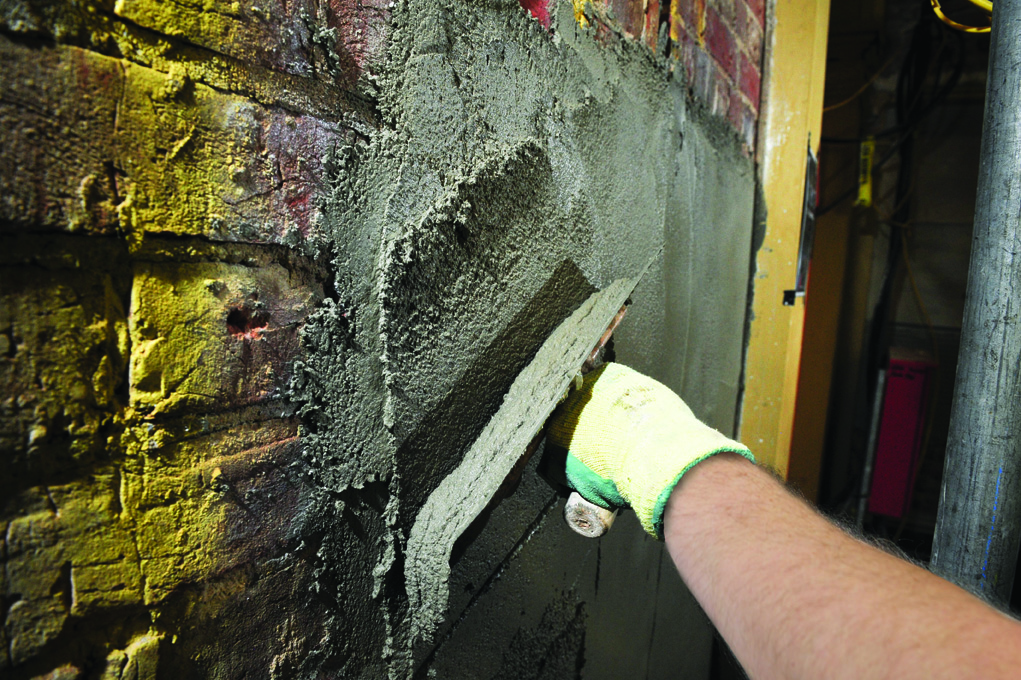Due to their hygroscopic nature, traditional gypsum plasters easily absorb and retain moisture. They are also not vapour permeable, which makes them unsuitable for older properties, particularly those prone to flood risk.
In damp conditions gypsum is prone to complete failure which can be very costly to replace and involves hacking off the original plaster, treating the walls with an injected Damp Proof Course and waiting for the wall to dry. All of this can take a great deal of time, meaning it can often be months before re-plastering can start.
Gypsum plasters also offer almost no resistance to flood damage. Floodwater degrades gypsum plasters and causes delamination, with up to one metre above floor level being the worst affected area.
My advice to landlords and homeowners is to use modern renovating plaster equipped with a waterproofing agent and salt inhibitor, as it is much more suited to older properties that are at risk of flooding.
This type of plaster effectively controls dampness passing through walls and provides a barrier against salt transfer. Being ‘breathable’ means that the plaster allows balanced moisture movement through the construction fabric and allows the substrate to dry naturally. In effect, renovating plaster is capable of withstanding recurring water ingress which can, in turn, reduce on-going repair costs, salting and mould growth.
In addition, the proprietary solutions can drastically cut repair time as the specifically formulated binder causes the drying time to be faster than with gypsum-based plasters. This enables earlier decoration and negates long waits for the wall to dry before the plastering can begin.
In short, there are certain applications where gypsum-based plasters can be used to a good effect; however, it still has the potential to cause a whole host of problems for landlords and homeowners. Importantly, there are products out on the market which can resolve the problem and keep future repair and maintenance costs to a minimum.



